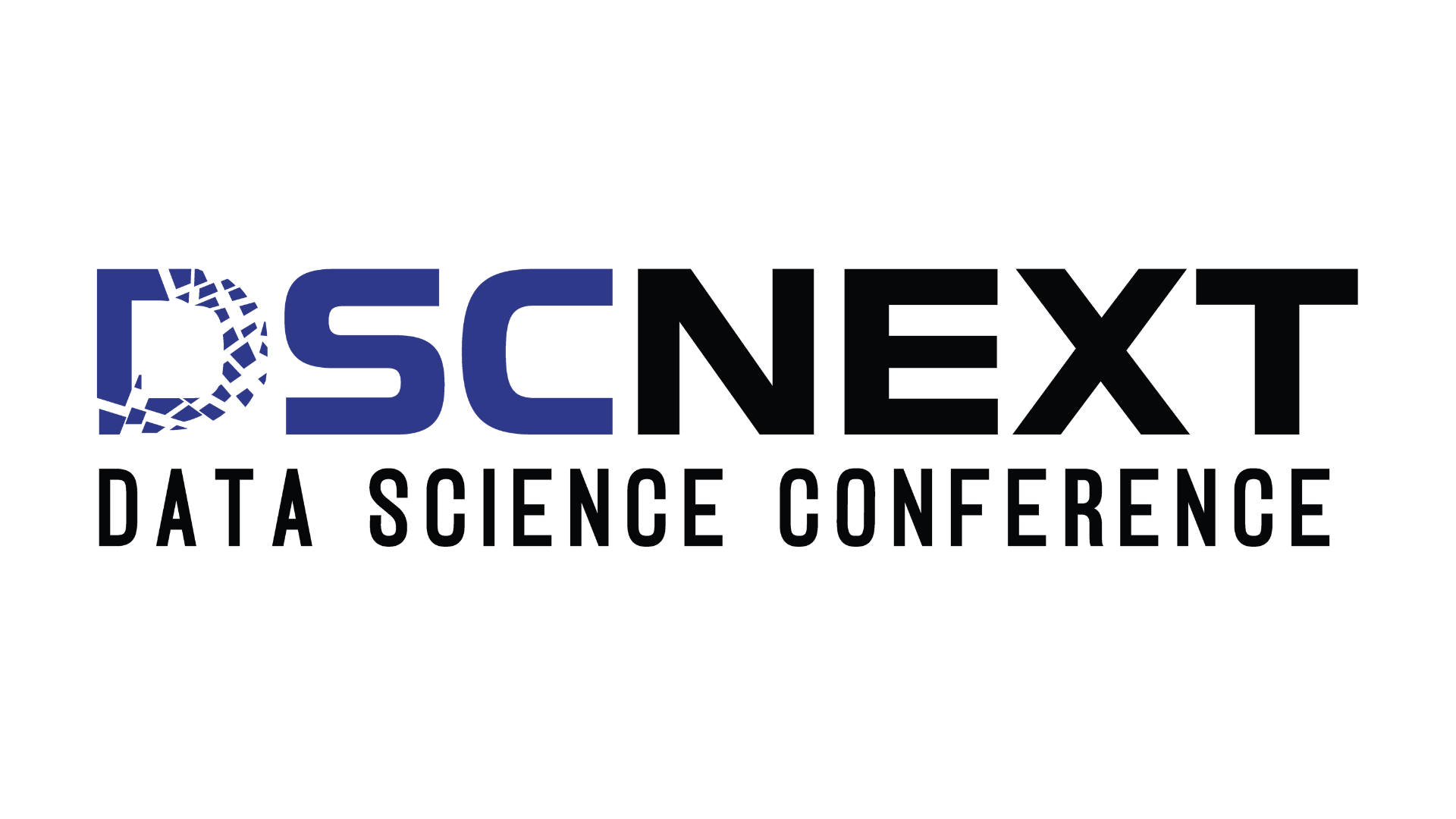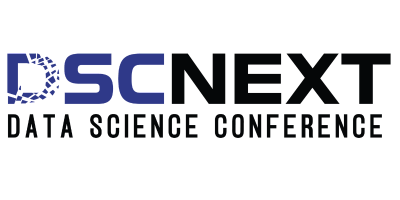
In the past, machine learning was a field reserved for data scientists and AI experts who spent years mastering programming, statistics, and algorithms. Today, thanks to AutoML (Automated Machine Learning) and no-code AI, the power of artificial intelligence is more accessible than ever. Whether you’re a business analyst, marketer, or entrepreneur with no coding experience, these tools enable you to build, train, and deploy AI models without writing a single line of code.
What is AutoML?
AutoML refers to the automation of complex machine learning tasks such as data preprocessing, feature selection, model selection, and hyperparameter tuning. Instead of manually performing these tasks, AutoML platforms handle them automatically, making AI development faster and more efficient.
Popular AutoML tools include:
Google AutoML – A suite of AI tools that allows users to build custom models for vision, language, and tabular data.
H2O.ai – An open-source AutoML platform that automates machine learning workflows.
Microsoft Azure AutoML – Helps developers create and deploy machine learning models without deep expertise.
What is No-Code AI?
No-code AI platforms take things a step further by providing user-friendly, drag-and-drop interfaces that allow anyone to create AI models without programming knowledge. These tools abstract the complexity of machine learning, making AI development accessible to professionals outside the tech industry.
Popular no-code AI tools include:
DataRobot – Automates the entire AI lifecycle, from data preparation to model deployment.
MonkeyLearn – A no-code platform focused on text analysis and NLP (Natural Language Processing).
Teachable Machine by Google – Allows users to train AI models for image, sound, and pose recognition with a simple interface.
How AutoML & No-Code AI Are Changing Industries
These technologies are transforming businesses by making AI easier to adopt across industries:
Marketing – AI-powered customer segmentation and personalized recommendations.
Example: Urban Outfitters used Google AutoML Vision to automatically tag products in images, improving product recommendations and customer engagement.
Finance – Fraud detection and predictive analytics.
Example: PayPal leveraged H2O.ai’s AutoML to detect fraudulent transactions, reducing false positives and enhancing security.
Healthcare – Automated disease prediction and medical imaging analysis.
Retail – Demand forecasting and supply chain optimization.
Education – AI-driven interactive learning.
Example: Teachers have used Google’s Teachable Machine to create AI models that recognize student gestures for interactive classroom activities.
The Future of AutoML & No-Code AI
As these tools continue to evolve, we can expect even greater democratization of AI. However, while AutoML and no-code AI reduce the technical barriers, domain knowledge is still crucial. Understanding data quality, ethics, and model biases remains essential for responsible AI implementation.
Conclusion
AutoML and no-code AI are revolutionizing how we interact with machine learning, making it more inclusive and widely available. With these tools, businesses and individuals can harness the power of AI without needing deep technical expertise. The future of AI isn’t just for data scientists—it’s for everyone.
Events like DSC Next 2025 are at the forefront of this transformation, bringing together experts, businesses, and innovators to explore the latest advancements in AI and automation. This conference will highlight how AutoML and no-code AI are shaping industries, offering insights into real-world applications and the future of AI-driven decision-making.

